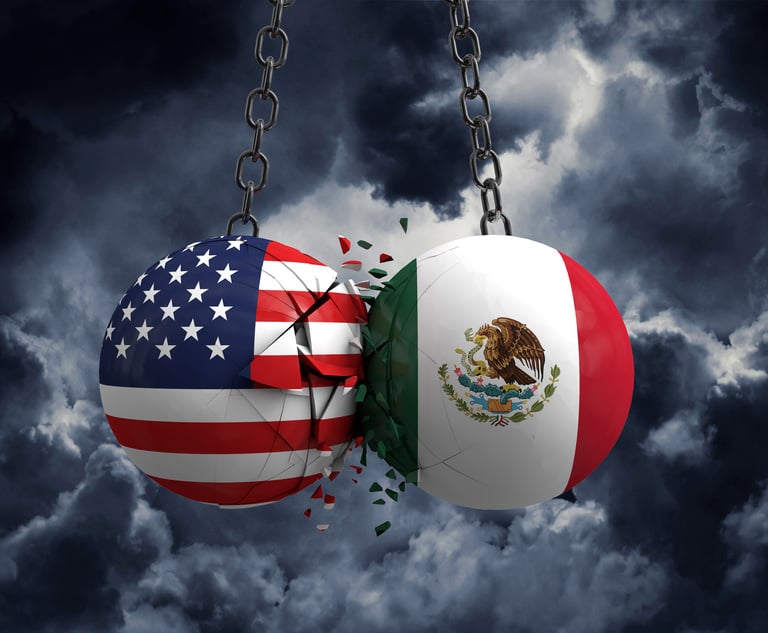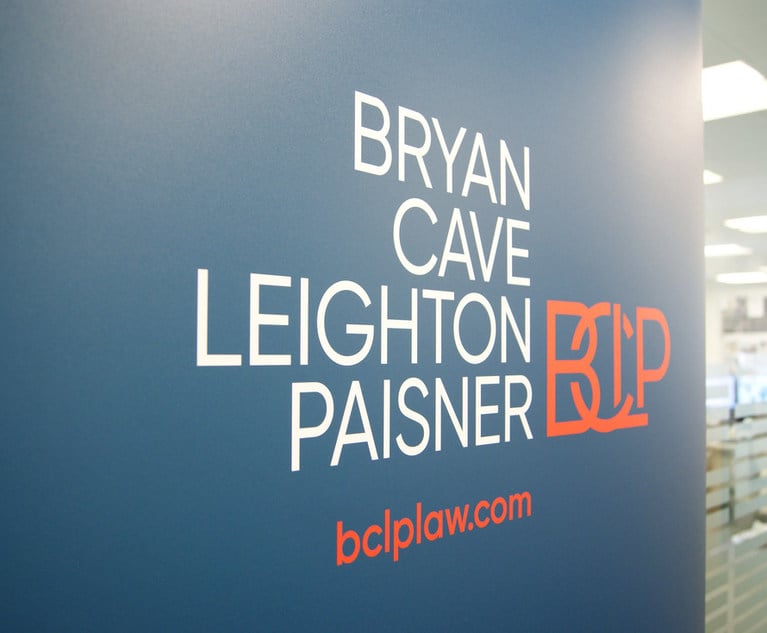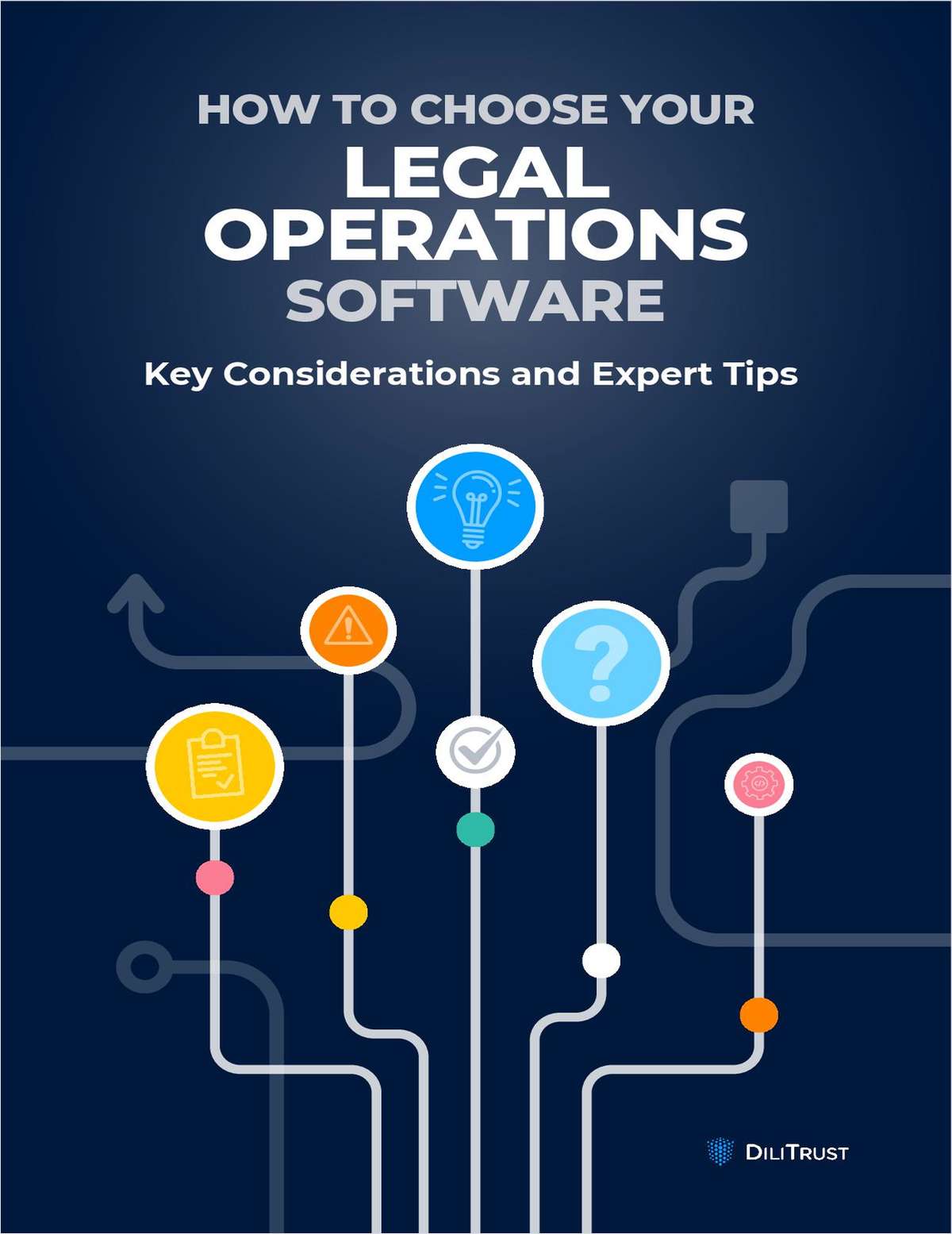The EU's New Copyright Law: Clarity or Chaos?
The new EU Copyright Directive, agreed to last month, has created a lot of legal uncertainty, lawyers say.
May 01, 2019 at 05:30 AM
4 minute read
 European copyright law
European copyright law
The EU's new copyright rules, designed to bring clarity to rights holders and platforms in the digital age, are still fraught with uncertainty, according to lawyers in Europe and the US.
The 28 countries of the EU agreed to new copyright rules in April after 18 months of tough negotiations among themselves and with European lawmakers.
The Directive on Copyright and Related Rights in the Digital Single Market, also known as the EU Copyright Directive, was intended to update rules for an era in which so much content, including music and videos, is shared and consumed via digital platforms. It was also meant to harmonize the approach to copyright among the 28 countries, which have different legal and cultural traditions that have shaped the protection of authors' and other creators' rights.
But the final version of the directive contains compromises between competing interests, and that has left it open to some interpretation—and ultimately, disagreement.
“There's a lot of legal uncertainty,” said Benoit Van Asbroeck, a Brussels-based partner with Bird & Bird who specializes in copyright law.
Most of the criticism of the final version of the directive focuses on Article 17, which deals with the use of protected content on platforms. The desire to reach a consensus for this complex area of the law has created new uncertainties, lawyers say. Even more confusingly, it was known as Article 13 in an earlier draft.
“Article 17 is a marriage between a compromise and a fudge,” said Francine Cunningham, head of the regulatory practice at Bird & Bird. “It contains a lot of language which is ambiguous or elastic.”
The article requires platforms to make “best efforts” to obtain authorisation from rights holders before using their content. If platforms cannot demonstrate they have made best efforts, they can be held liable and sued for distributing unlicensed content.
Cunningham said that “best efforts” sounds more like a U.S. legal concept than one with recognized meaning in EU law. “There's room for discussion” over what represents “best efforts,” she said.
The EU's member states have two years to implement the directive in their national legislation. This process could also add further uncertainty as countries apply the EU rules according to their own legal and cultural traditions. “There is room for divergences,” Cunningham said.
Van Asbroeck said that the validity of Article 17 could be subject to legal challenge once the directive comes into effect. He predicts that a future case could end up being referred to the European Court of Justice by a national court in an EU member state.
“The royal route is [for a platform] to refuse to pay and [then], when it is sued by the right holder, to raise an invalidity plea,” he said, adding that the platform would then invite a national judge to refer the case to the Court of Justice of the EU via a preliminary ruling.
Scott Pink, a Silicon Valley-based lawyer with O'Melveny & Myers, said the new law could make it “so daunting” for platforms to obtain licenses for the hundreds of thousands of pieces of content they carry.
While some platforms may already have some filtering in place, there is concern about the cost of developing filtering, especially at the scale required, for those who don't, Pink said, noting that it would be useful if “reasonable standards” were established that clarify how filters should work in practice.
Pink welcomed a suggestion included in the directive calling on rights holders and platforms to work together on effective implementation of the legislation at the national level.
Unless some further clarity is reached before the directive takes effect, lawyers say, the legislation designed to bring greater certainty to the copyright issue looks destined to generate a new wave of legal disputes and litigation.
|Related Reading:
What Businesses Should Know About the EU's New Directive on Copyright Law
This content has been archived. It is available through our partners, LexisNexis® and Bloomberg Law.
To view this content, please continue to their sites.
Not a Lexis Subscriber?
Subscribe Now
Not a Bloomberg Law Subscriber?
Subscribe Now
NOT FOR REPRINT
© 2024 ALM Global, LLC, All Rights Reserved. Request academic re-use from www.copyright.com. All other uses, submit a request to [email protected]. For more information visit Asset & Logo Licensing.
You Might Like
View All
So You Want to Be a Tech Lawyer? Consider Product Counseling

Federal Judge Weighs In on School's Discipline for 'Explicitly Copying AI-Generated Text' on Project

Trump and Latin America: Lawyers Brace for US's Hardline Approach to Region

BCLP Exploring Merger Prospects as Profitability Lags, Partnership Shrinks
Trending Stories
Who Got The Work
Michael G. Bongiorno, Andrew Scott Dulberg and Elizabeth E. Driscoll from Wilmer Cutler Pickering Hale and Dorr have stepped in to represent Symbotic Inc., an A.I.-enabled technology platform that focuses on increasing supply chain efficiency, and other defendants in a pending shareholder derivative lawsuit. The case, filed Oct. 2 in Massachusetts District Court by the Brown Law Firm on behalf of Stephen Austen, accuses certain officers and directors of misleading investors in regard to Symbotic's potential for margin growth by failing to disclose that the company was not equipped to timely deploy its systems or manage expenses through project delays. The case, assigned to U.S. District Judge Nathaniel M. Gorton, is 1:24-cv-12522, Austen v. Cohen et al.
Who Got The Work
Edmund Polubinski and Marie Killmond of Davis Polk & Wardwell have entered appearances for data platform software development company MongoDB and other defendants in a pending shareholder derivative lawsuit. The action, filed Oct. 7 in New York Southern District Court by the Brown Law Firm, accuses the company's directors and/or officers of falsely expressing confidence in the company’s restructuring of its sales incentive plan and downplaying the severity of decreases in its upfront commitments. The case is 1:24-cv-07594, Roy v. Ittycheria et al.
Who Got The Work
Amy O. Bruchs and Kurt F. Ellison of Michael Best & Friedrich have entered appearances for Epic Systems Corp. in a pending employment discrimination lawsuit. The suit was filed Sept. 7 in Wisconsin Western District Court by Levine Eisberner LLC and Siri & Glimstad on behalf of a project manager who claims that he was wrongfully terminated after applying for a religious exemption to the defendant's COVID-19 vaccine mandate. The case, assigned to U.S. Magistrate Judge Anita Marie Boor, is 3:24-cv-00630, Secker, Nathan v. Epic Systems Corporation.
Who Got The Work
David X. Sullivan, Thomas J. Finn and Gregory A. Hall from McCarter & English have entered appearances for Sunrun Installation Services in a pending civil rights lawsuit. The complaint was filed Sept. 4 in Connecticut District Court by attorney Robert M. Berke on behalf of former employee George Edward Steins, who was arrested and charged with employing an unregistered home improvement salesperson. The complaint alleges that had Sunrun informed the Connecticut Department of Consumer Protection that the plaintiff's employment had ended in 2017 and that he no longer held Sunrun's home improvement contractor license, he would not have been hit with charges, which were dismissed in May 2024. The case, assigned to U.S. District Judge Jeffrey A. Meyer, is 3:24-cv-01423, Steins v. Sunrun, Inc. et al.
Who Got The Work
Greenberg Traurig shareholder Joshua L. Raskin has entered an appearance for boohoo.com UK Ltd. in a pending patent infringement lawsuit. The suit, filed Sept. 3 in Texas Eastern District Court by Rozier Hardt McDonough on behalf of Alto Dynamics, asserts five patents related to an online shopping platform. The case, assigned to U.S. District Judge Rodney Gilstrap, is 2:24-cv-00719, Alto Dynamics, LLC v. boohoo.com UK Limited.
Featured Firms
Law Offices of Gary Martin Hays & Associates, P.C.
(470) 294-1674
Law Offices of Mark E. Salomone
(857) 444-6468
Smith & Hassler
(713) 739-1250








